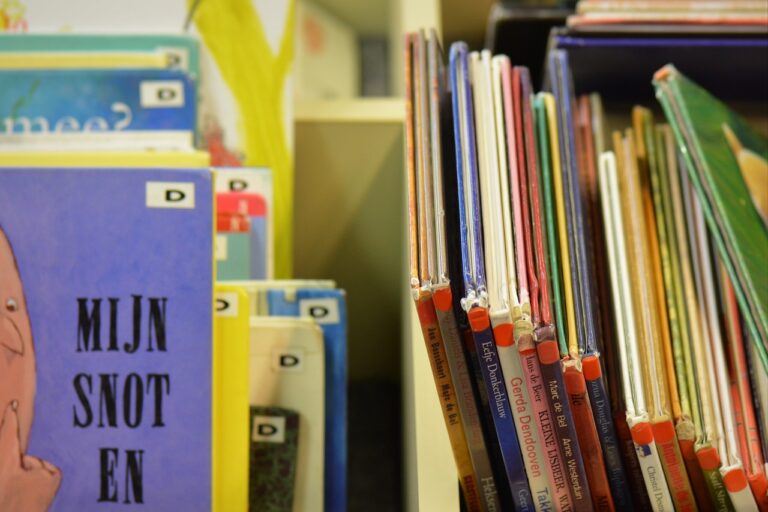Addressing Learning Losses Due to COVID-19: Strategies for Recovery
Assessing the extent of learning losses caused by the disruptions in the education sector due to the COVID-19 pandemic has become a crucial endeavor for educators, policymakers, and researchers alike. With schools closing down, transitioning to virtual learning, and facing varying degrees of instructional disruptions, it is evident that students across the globe have been impacted differently. The scope of these learning losses encompasses a wide range of factors that go beyond just academic achievements, including socio-emotional development, mental health, and access to resources.
Furthermore, understanding the differential impact of these learning losses across different demographic groups, such as low-income students, students with disabilities, and English language learners, is essential in devising targeted interventions to address the disparities. The scope of learning losses also extends to the challenges faced by educators in adapting to new teaching modalities, ensuring student engagement, and providing adequate support to learners who are struggling to keep up with the curriculum. By recognizing the multifaceted nature of learning losses, stakeholders can work towards implementing effective strategies to mitigate the long-term repercussions of the disruptions caused by the pandemic.
Understanding the Impact of COVID-19 on Education
The outbreak of the COVID-19 pandemic in 2020 has brought about significant disruptions in the field of education worldwide. With the sudden shift to remote learning and the closure of schools, students, teachers, and education systems were all faced with unprecedented challenges. The closure of physical classrooms not only led to a disruption in the traditional modes of teaching but also exposed the existing disparities in access to quality education.
Another significant impact of COVID-19 on education was the exacerbation of pre-existing learning inequalities among students. The transition to online learning revealed the digital divide that exists among students, with many lacking access to necessary technology and internet connectivity. Consequently, students from disadvantaged backgrounds faced greater obstacles in keeping up with their learning, widening the gap between them and their peers.
Recognizing the Factors Contributing to Learning Losses
Factors contributing to learning losses can vary significantly, with one prominent aspect being the sudden shift to online learning due to the COVID-19 pandemic. Many students faced challenges in adjusting to remote instruction, which may have resulted in decreased engagement and understanding of the material. Additionally, the lack of in-person interaction with teachers and peers could have impeded students’ ability to ask questions, seek clarification, and participate actively in discussions.
Moreover, disparities in access to technology and resources have played a crucial role in exacerbating learning losses. Students from marginalized communities often faced difficulties in acquiring necessary tools for online learning, such as reliable internet connection, devices, and a conducive learning environment. These disparities have widened the educational gap, as some students were unable to fully participate in virtual classes and complete assignments, leading to a decline in academic performance.
Factors contributing to learning losses may include:
• Sudden shift to online learning during the COVID-19 pandemic
• Challenges in adjusting to remote instruction
• Decreased engagement and understanding of material
• Lack of in-person interaction with teachers and peers
Disparities in access to technology and resources have also played a significant role:
• Difficulties for students from marginalized communities in acquiring necessary tools for online learning
• Limited access to reliable internet connection, devices, and conducive learning environment
• Widening educational gap due to inability to fully participate in virtual classes
and complete assignments
What are some of the key factors contributing to learning losses?
Some of the key factors contributing to learning losses include disruptions in regular school routines, lack of access to technology for remote learning, inadequate support for students with diverse learning needs, and increased levels of stress and anxiety.
How has COVID-19 impacted education and contributed to learning losses?
COVID-19 has forced the closure of schools and transition to remote learning, which has created challenges for students, teachers, and parents. The lack of in-person instruction, social interactions, and support services has led to significant learning losses for many students.
How can recognizing the factors contributing to learning losses help address the issue?
By identifying the factors contributing to learning losses, educators and policymakers can develop targeted interventions and support services to help students catch up on missed learning, address gaps in knowledge, and provide necessary resources to support their academic progress.







